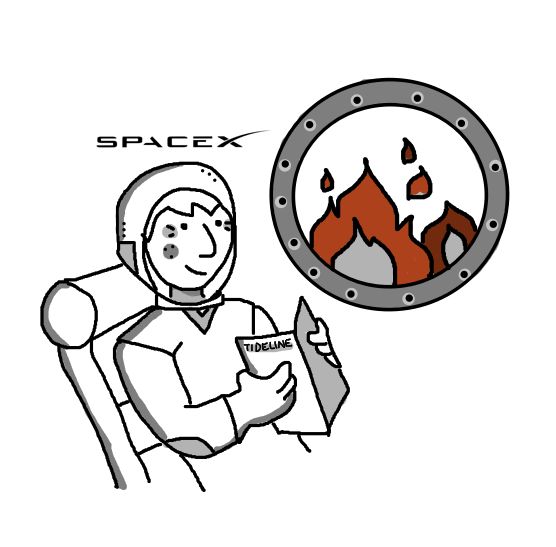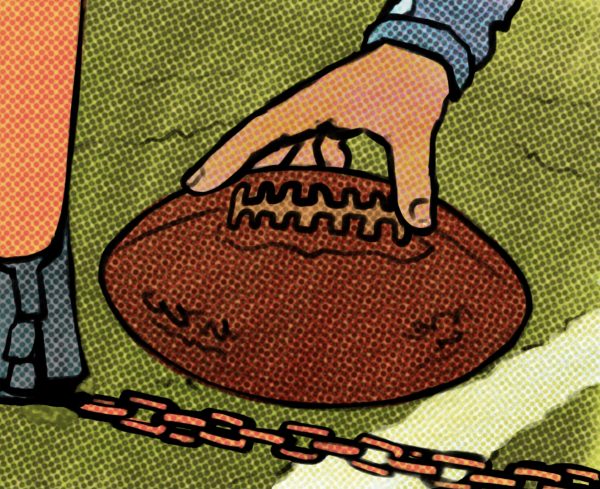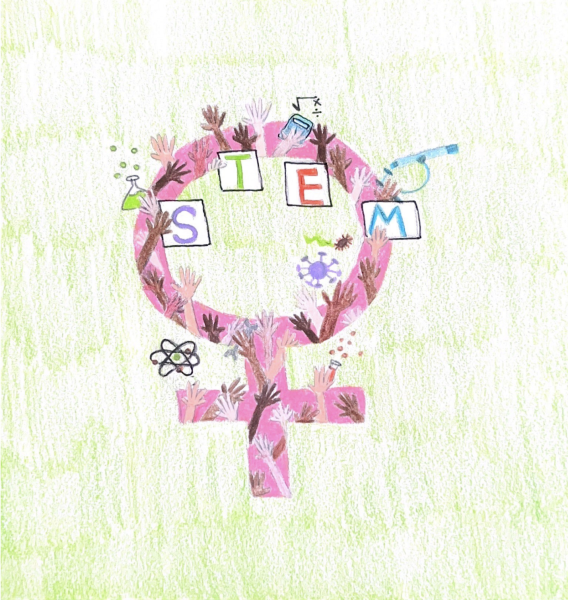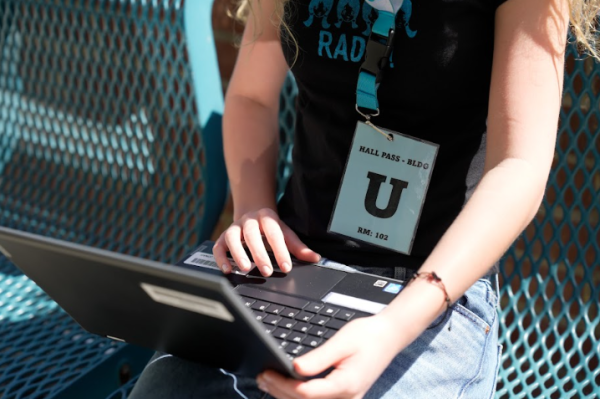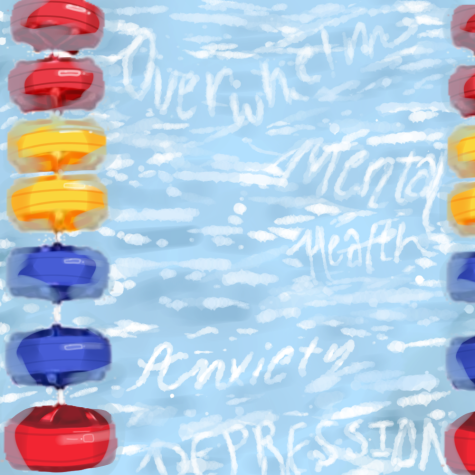Redefining Success: Lessons Learned from the Starship Explosion
On April 20, 2023 at 9:28 a.m., millions watched as SpaceX’s new unmanned spacecraft, Starship, thundered off its launchpad. Four minutes later, the rocket exploded.
What was meant to be a 90-minute orbit around the Earth combusted before the eyes of investors, technologists, entrepreneurs — everyone watching. Still, the SpaceX team cheered. Elon Musk, SpaceX’s CEO, congratulated his staff and NASA Administrator Bill Nelson lauded the launch as “a real achievement.”
Wait, did I miss something? The world’s largest rocket exploded 18 miles above the Earth. What’s with all the back slapping? Onscreen, the launch looked like a total failure.
In fact, the whole situation is reminiscent of another Los Angeles-based tech-savvy billionaire trying to push the limits of what’s possible in aviation.
In 1947, when Howard Hughes tried to fly the world’s largest flying boat, the Hercules, which at 319 feet long was nearly as large as Musk’s 400-foot-tall Starship, it was considered an outright failure. The “flying” behemoth only flew once for one mile seventy feet above the water, according to Boeing.
Hughes was mocked for his hubris. The Hercules was derisively renamed the “Spruce Goose.” The public considered the entire endeavor a disaster.
The parallels between the two events are uncanny, yet the public’s reactions are completely different. So what changed since 1947?
The short answer: Iterative design has redefined what it means to be successful.
Iterative design, which is commonly used in fields such as engineering, software development and product design, breaks down the development process into small, repeated cycles or iterations. No one expects to build a perfect, working product all in one go. Instead, the development process leaves room for bugs and errors — which also means room for improvement.
“When you engineer an object with this approach, you test your initial model to see the good and the bad,” said Mieke Paniza, Pali’s Video Game Design teacher. “If there’s a bug in it, then you realize there’s an issue you never thought of and you can then fix it or even embrace it as a feature of the game. With Starship, SpaceX was openly looking for errors and collecting data to make a better model in the future.”
You’ve likely experienced iterative design firsthand— if not with alpha or beta versions of a software, you’ve probably come across a glitchy app that was later updated with fixes.
“If you program everything first and then you try running it without ever testing along the way, you could have 500 errors and you won’t know where they’re coming from,” said Hemosoo Woo, President of Pali’s Coding Club. “The easiest way to pinpoint errors is to use a step-by-step iterative methodology. If you use that, then you can actually find the errors quickly.”
The iterative approach arose from the desire to release a product into the market as quickly as possible, before serious competition arrives. But the overall idea is to achieve steady improvement through constant refinements. In a way, there is no final product. There is only “better than before.”
“In technology there’s something called a paradigm, which describes the mindset of a team in relation to their project,” Paniza explained. “The paradigm at SpaceX is likely one that’s open to failures and sees them as critical to success in future projects.”
This explains why Musk casually tweeted “such a great day in so many ways” after the Starship explosion.
In some ways, the iterative methodology reminds me of my Algebra 2 teacher’s policy on quizzes. In his class, it didn’t matter much how a student scored on a quiz. If their grade on their unit test was higher, the teacher would replace the lower quiz score. The idea is that, at the time of the quiz, the student was still learning the concept. The quiz was there to help them gather data on what they need to improve in order to demonstrate mastery later on the test. In other words, it was an opportunity to identify the bugs and fix them.
His policy treats learning as an iterative process, which makes sense. Learning is a constant cycle of refinement and improvement — where students take small steps to reach an end goal and improve on their previous attempts.
“If you’re trying to reach a long-term goal, it kind of sucks if you’re not seeing results,” Woo said, in reference to how the iterative methodology can be applied to personal goals. “But if you’re applying iterative methods, you’re seeing small goals being won over each time in smaller increments, which is better than failing in a big way.”
The way I interpret what Paniza, Woo, and even my Algebra 2 teacher seem to be suggesting is that we no longer live in Howard Hughes’ world. There’s been a paradigm shift when it comes to defining success. No one is expected to hit the ball out of the park on the first try. Mistakes are okay along the way. All that matters is that you’re moving forward because being successful is a long-term, iterative process. And that goes for learning as well.
Throughout the year, as students, we’ve been moving through our own iterative development life cycles: setting goals, focusing on requirements, developing drafts or prototypes, gathering data and refining our work products. We’ve been juggling time and resources in an effort to meet deadlines and deliver to the best of our ability given the information we have at that moment.
Now, heading into launch day — or finals week, I should say — all our hard work culminates in a visible outcome.
But once that’s over, I think it’s important to keep SpaceX’s reaction to the Starship explosion in mind. Whether you end up hitting your Earth-orbiting goal or lift off 18 miles into the sky, it’s all part of your larger iterative learning process. So don’t forget to take the time to celebrate even your smallest achievements like SpaceX did.
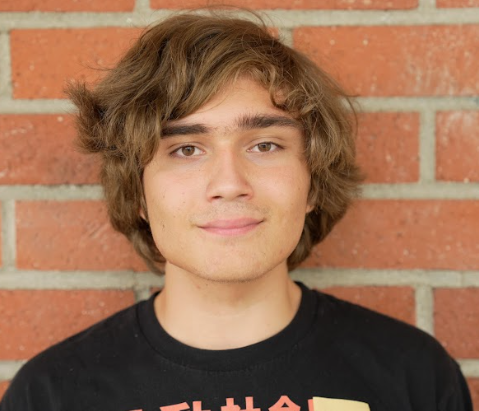
Nico Troedsson, a junior, is excited about contributing to Tideline for a third consecutive year, this time as a features editor. His passion for journalism...

Davina Yashar, a senior, is excited to contribute as an illustrator for the Tideline. Her main interests revolve around art, and she loves to paint...


